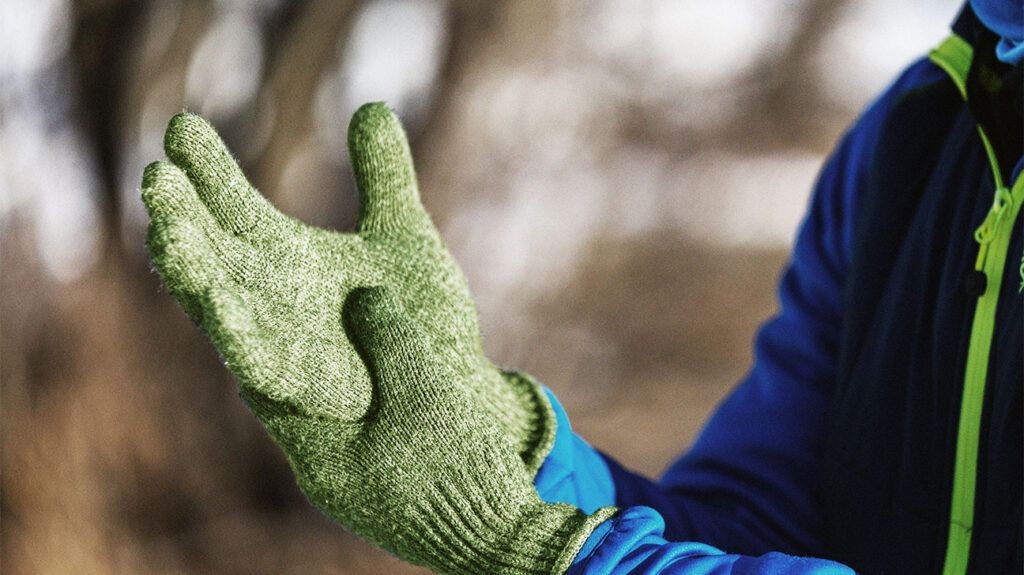Peeling skin on your fingertips is a common concern, and often, the culprits are factors in your surrounding environment rather than internal health issues. These external triggers can range from weather conditions to everyday habits. Understanding these environmental causes is the first step to addressing and preventing this uncomfortable condition.
Frequent Handwashing
While essential for hygiene, frequent handwashing, especially with harsh soaps and hot water, can be a significant cause of skin peeling on fingertips. Washing your hands is crucial for preventing the spread of germs, but the process can inadvertently strip away the skin’s natural protective oils. These oils are vital for retaining moisture. Once removed, the skin becomes vulnerable to dryness, leading to cracking and peeling, a condition sometimes referred to as soap dermatitis.
To mitigate this, it’s advisable to wash hands only when necessary, use lukewarm water and mild, moisturizing soaps. After each wash, applying a good quality hand moisturizer is crucial. Furthermore, avoid drying your hands with rough paper towels, opting instead for soft cloths or air drying.
 Young man putting on winter gloves
Young man putting on winter gloves
Climate: Dry and Cold Weather
Climate plays a significant role in skin health. Very dry weather conditions, particularly during winter, are notorious for drying out the skin. This dryness can easily lead to peeling and cracking, especially on sensitive areas like fingertips. Cold air holds less moisture, and when combined with indoor heating, which further dries the air, your skin loses hydration rapidly. If you spend time outdoors in such conditions without adequate protection, skin peeling is more likely.
Wearing warm gloves when going outside in cold weather is a simple yet effective preventive measure. Regularly moisturizing your hands, especially after exposure to cold and dry air, will also help maintain skin hydration and prevent peeling.
Sunburn: UV Ray Damage
Sunburn isn’t limited to summer beach days; your hands can get sunburned any time of year, especially during outdoor activities. Sunburn is essentially damage to the skin caused by ultraviolet (UV) rays from the sun. This damage can manifest in various ways, starting with discoloration, warmth, soreness, and tenderness. As the skin attempts to heal, peeling or flaking is a common consequence. It typically takes a few days after the initial sunburn for the peeling process to begin.
If you experience sunburn on your hands, it’s important to stay out of direct sunlight to allow the skin to heal. Applying cooling lotions like aloe vera gel can help soothe the discomfort and keep the skin moisturized during the healing phase, minimizing excessive peeling.
Finger-Sucking Habits
Finger or thumb-sucking is a common habit, especially in children, but it can extend into adulthood for some individuals, often as a stress response. The constant moisture and friction from sucking on fingers can irritate the delicate skin of the fingertips, leading to painful sores and peeling. While most children naturally outgrow this habit, persistent finger-sucking can cause ongoing skin issues.
For children and adults alike, addressing this habit can be beneficial for skin health. Encouragement, behavioral therapy, or simple reminders can help break the habit and allow the fingertips to heal.
Exposure to Chemicals and Irritants
Occupational or domestic exposure to chemicals is another frequent environmental cause of skin peeling. Certain professions, such as those in agriculture, construction, and manufacturing, often involve handling substances that can irritate the skin. Even common household cleaning products, soaps, and solvents contain chemicals that can negatively impact skin health.
Exposure to chemical irritants can trigger contact dermatitis, an inflammatory skin condition characterized by discoloration, swelling, pain, blistering, and, notably, skin peeling. If your work or daily activities involve regular chemical exposure, wearing protective gloves is crucial. After exposure, washing your hands thoroughly and applying a moisturizer can help protect your skin from irritation and peeling.
In conclusion, skin peeling on your fingertips is often a direct result of environmental factors. By understanding these common causes – frequent handwashing, dry climates, sunburn, finger-sucking, and chemical exposure – you can take proactive steps to protect your skin. Simple changes in habits and increased awareness of environmental risks can significantly reduce the occurrence of peeling skin and maintain healthy, comfortable hands.